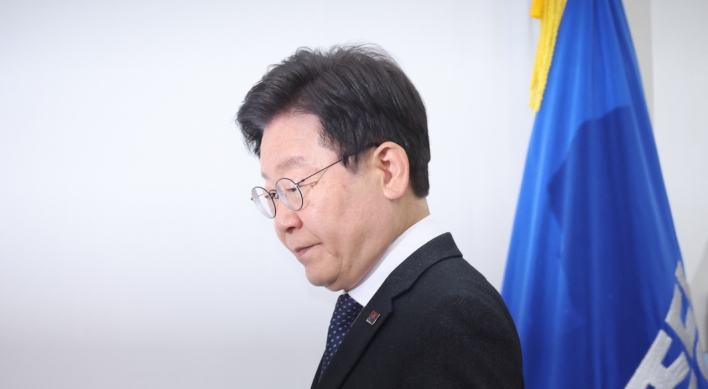
By Steve Brice
As we start 2023, investors’ scars from last year’s sell-off across publicly traded markets are still very raw. Against this backdrop, the theme of our 2023 Outlook, Playing it SAFE, should resonate with investors. We believe sequencing your investments is going to be important in the coming year: Bonds are a good place to start, given some of the highest yields offered in a decade and our expectation that a recession is likely in the US and Europe in the first half of the year. Once the Fed pivots from focusing on bringing down inflation to supporting growth, likely in the second half of 2023, equity markets are likely to become increasingly attractive.
In Europe, tightening monetary policies and the aftermath of the energy price shock are likely to weigh on an already fragile economy. In the US, the Fed is focusing on lagging indicators – namely inflation and the labor market. Inflation is, by definition, a reflection of how much prices have increased over the past 12 months. It gives very little information as to the outlook over the next 12 months. Meanwhile, the headline labor market data – such as the unemployment rate and wage growth – are more a reflection of the economy’s historical performance and the resultant tightness in the labor market. Therefore, the Fed looks likely to continue tightening into a recession, despite most indicators suggesting that the US economy is already slowing significantly.
While our central scenario is that a recession is likely to be mild, there are significant downside risks to this outlook. By the time the Fed realizes it has gone too far, the massive monetary policy tightening over the past 12 months will only start to impact the broader economy. This will likely mean the economic situation will deteriorate quite quickly. Thereafter, the Fed will need to assess to what extent it is comfortable about easing policy, while inflation likely remains well above its target.
China is the one bright spark in this bleak picture. The relaxation of mobility restrictions, while resulting in a near-term spike in COVID cases, is likely to take the brake off the economy, especially as we move into spring. This should make the monetary and fiscal policy stimulus already enacted more effective. The provision of support for the struggling property market will also help reduce some of the downside risks.
Against this mixed backdrop, we have a theme of “Playing it SAFE” as we start 2023. What do we mean by this?
S is for securing your yield. While we expect central banks to continue tightening policy in the first half of 2023, potentially surprising investors with the size of rate hikes, we believe they will reverse course in the second half of the year as it becomes clear that economies are heading into recession. Therefore, we believe bond yields will fall as we move through 2023. The best way to play this is through high quality bonds and a diversified multi-asset income portfolio.
A is for allocating to long-term value. Naturally, a lot of value has been created by last year’s sell-off in both stocks and bonds. Add in China’s easing mobility restrictions, expansionary economic policy settings and targeted measures to support the property sector, and we believe that Asian assets are set to outperform. Asia USD bonds have already outperformed other major bond markets markedly in 2022, but the rise in risk-free USD yields meant they still delivered double-digit negative returns. We expect continued outperformance in 2023, but with significantly positive returns. We also expect the risk-reward balance to be more favorable for the more attractively valued Asia ex-Japan equities than for global equities.
F is for fortifying against further surprises. It is important to diversify your allocations, given the uncertainty around the outlook for growth and inflation. High quality government bonds can help protect against a recessionary outcome, while gold would benefit should US real (inflation-adjusted) bond yields decline and the US dollar follows suit. Finally, cash offers a hedge against the 2022 environment of simultaneous declines in stocks and bonds continuing into 2023. Cash would also serve as a dry powder for future deployment once the equity market declines further, as we expect.
E is for expanding beyond traditional assets. The 60/40 equity/bond portfolio has been dead for a long time, but the experience of 2022, wherein both stocks and bonds suffered some of their biggest yearly declines in 150 years, is likely to encourage investors to look for less correlated sources of return. Hedge fund strategies and private credit may offer significant diversification benefits to investors, while also offering reasonable returns.
In summary, we expect 2023 to be much better for investors than 2022. We believe sequencing your investments will be important. We believe that bonds, especially high-quality bonds, offer a good opportunity for investors now. As the market starts to price in a recession, analysts revise down their corporate earnings forecasts and the Fed pivots from fighting inflation to supporting growth, we would increasingly look to add equity exposure.
Steve Brice is Standard Chartered Bank’s Chief Investment Officer. Views expressed in this article are his own. -- Ed.
Steve Brice is chief investment officer at Standard Chartered Bank’s wealth management unit. The views in this column are his own. -- Ed.



![[Herald Interview] 'Amid aging population, Korea to invite more young professionals from overseas'](http://res.heraldm.com/phpwas/restmb_idxmake.php?idx=644&simg=/content/image/2024/04/24/20240424050844_0.jpg&u=20240424200058)















